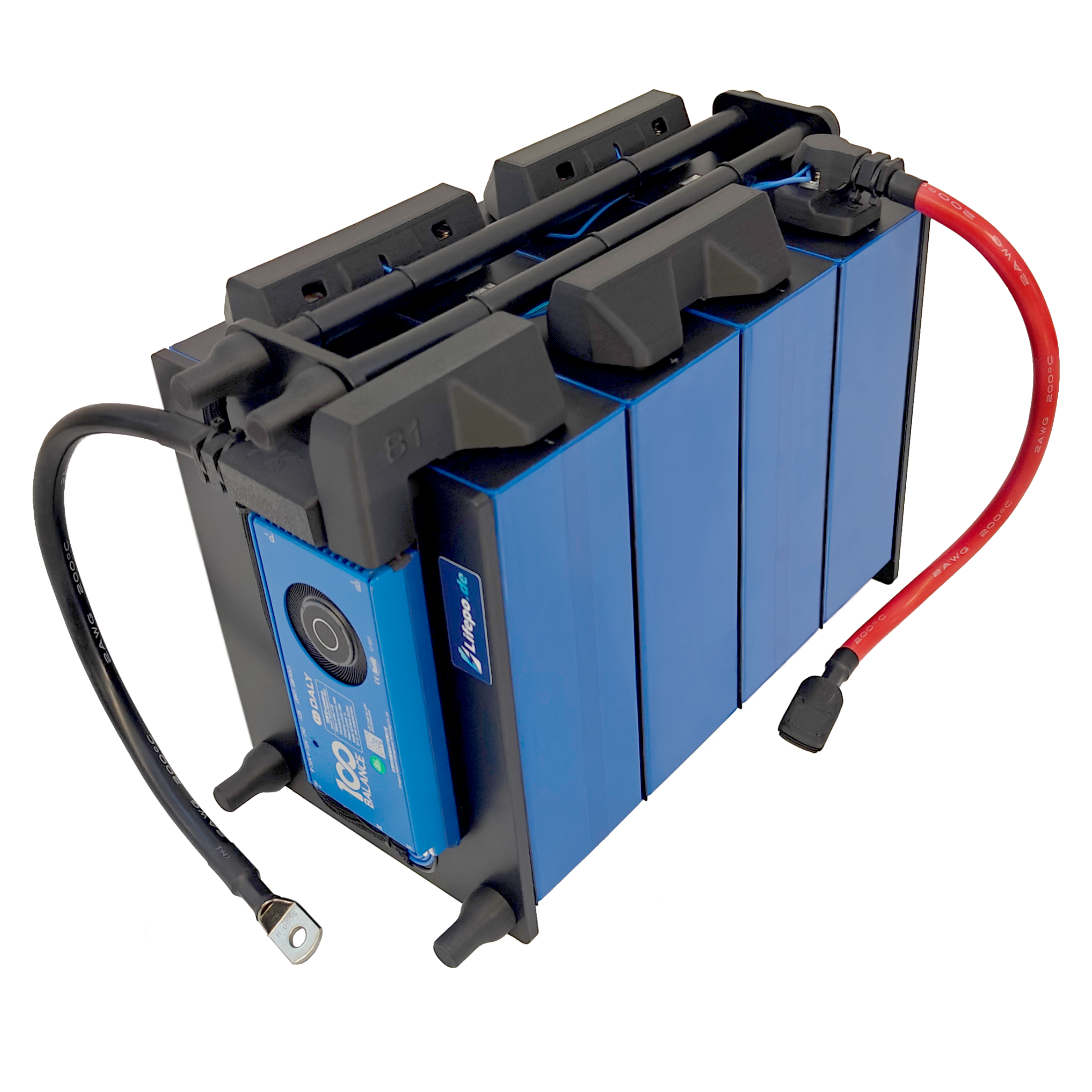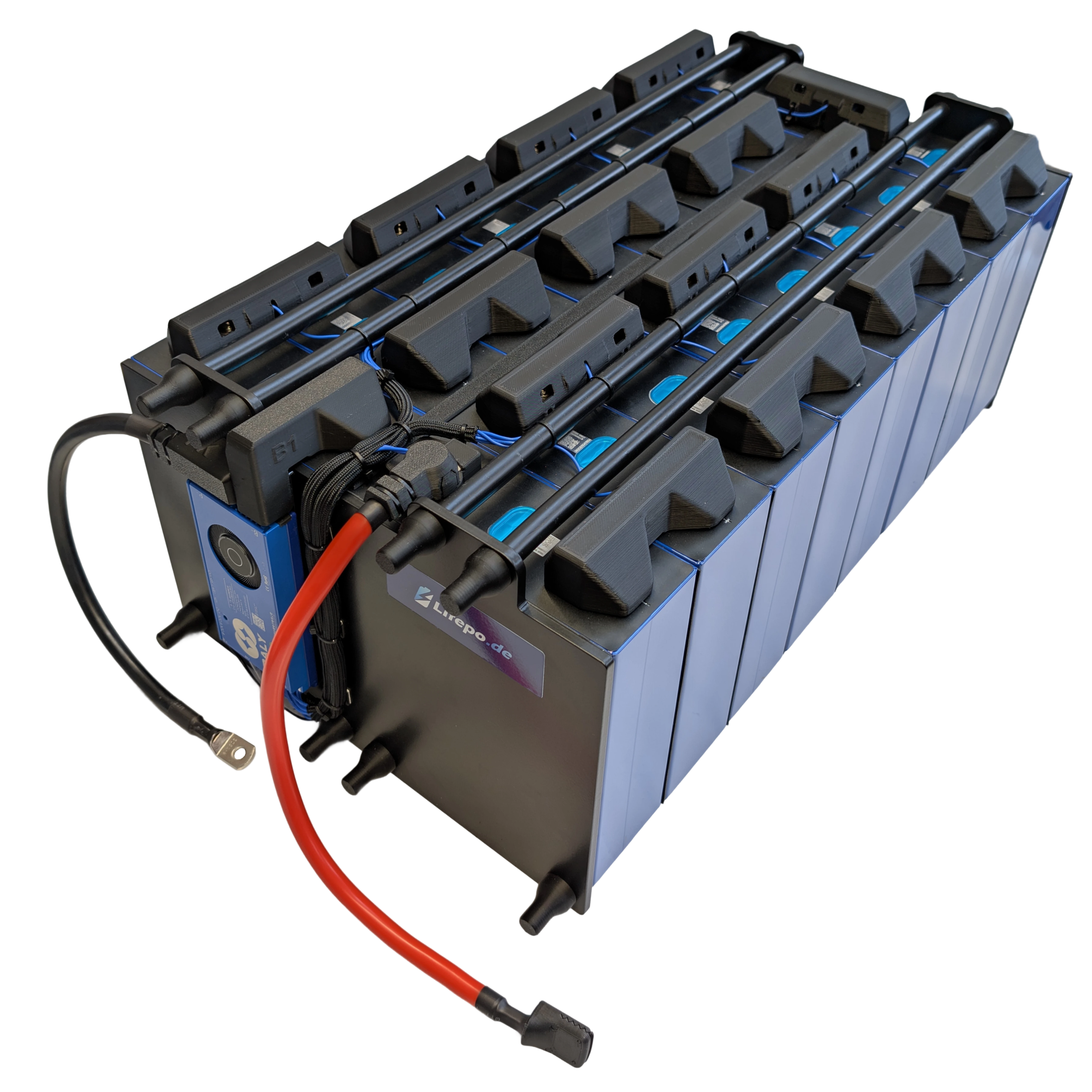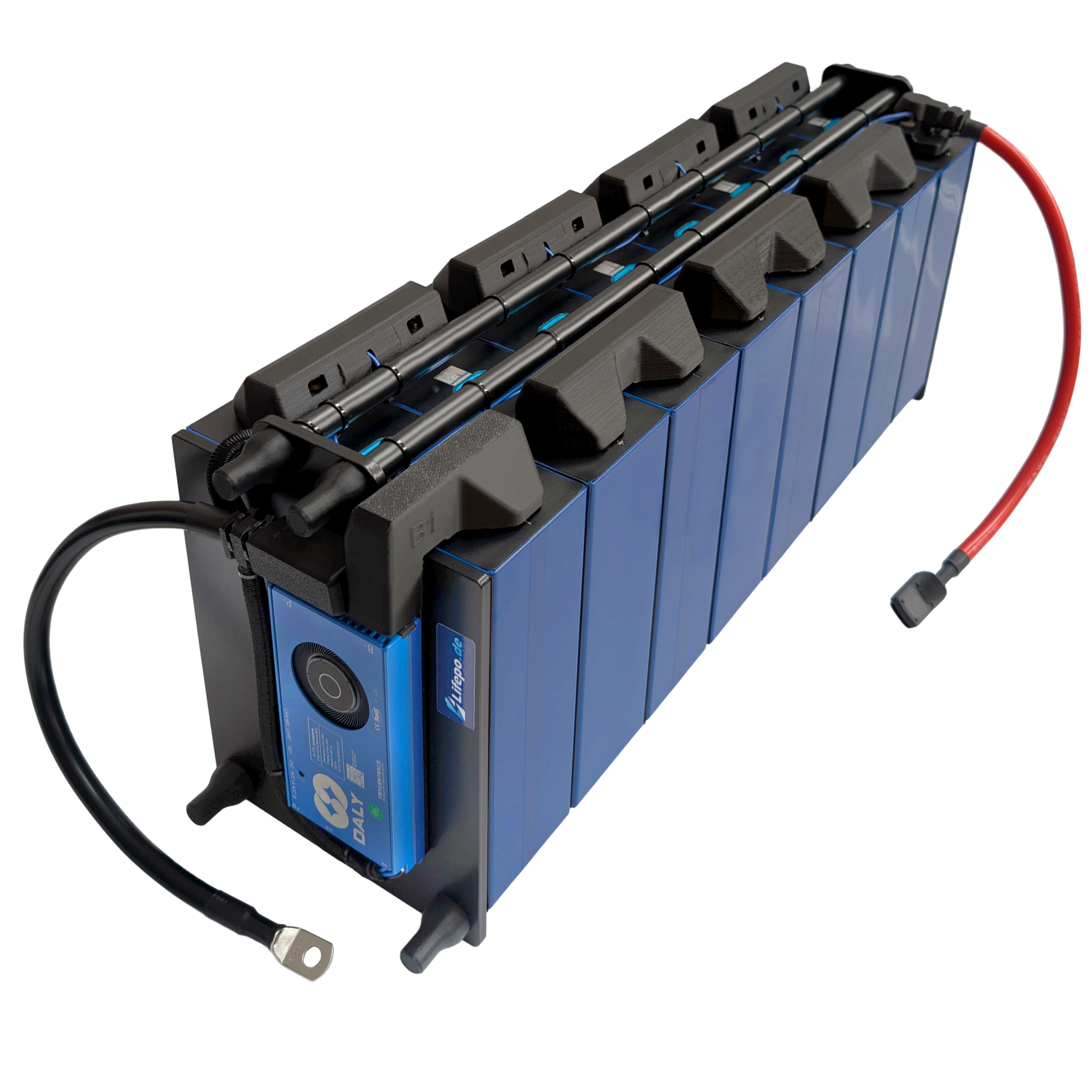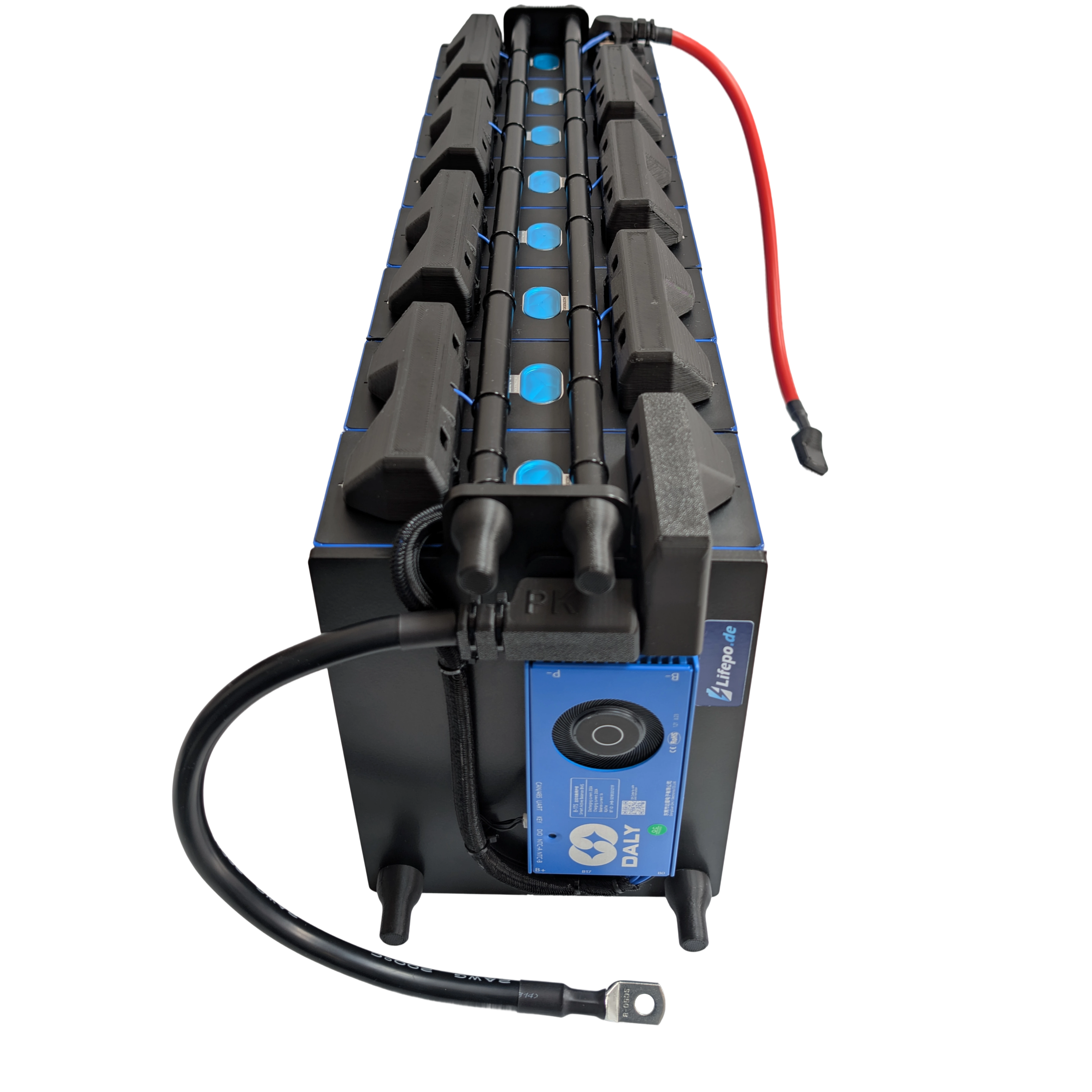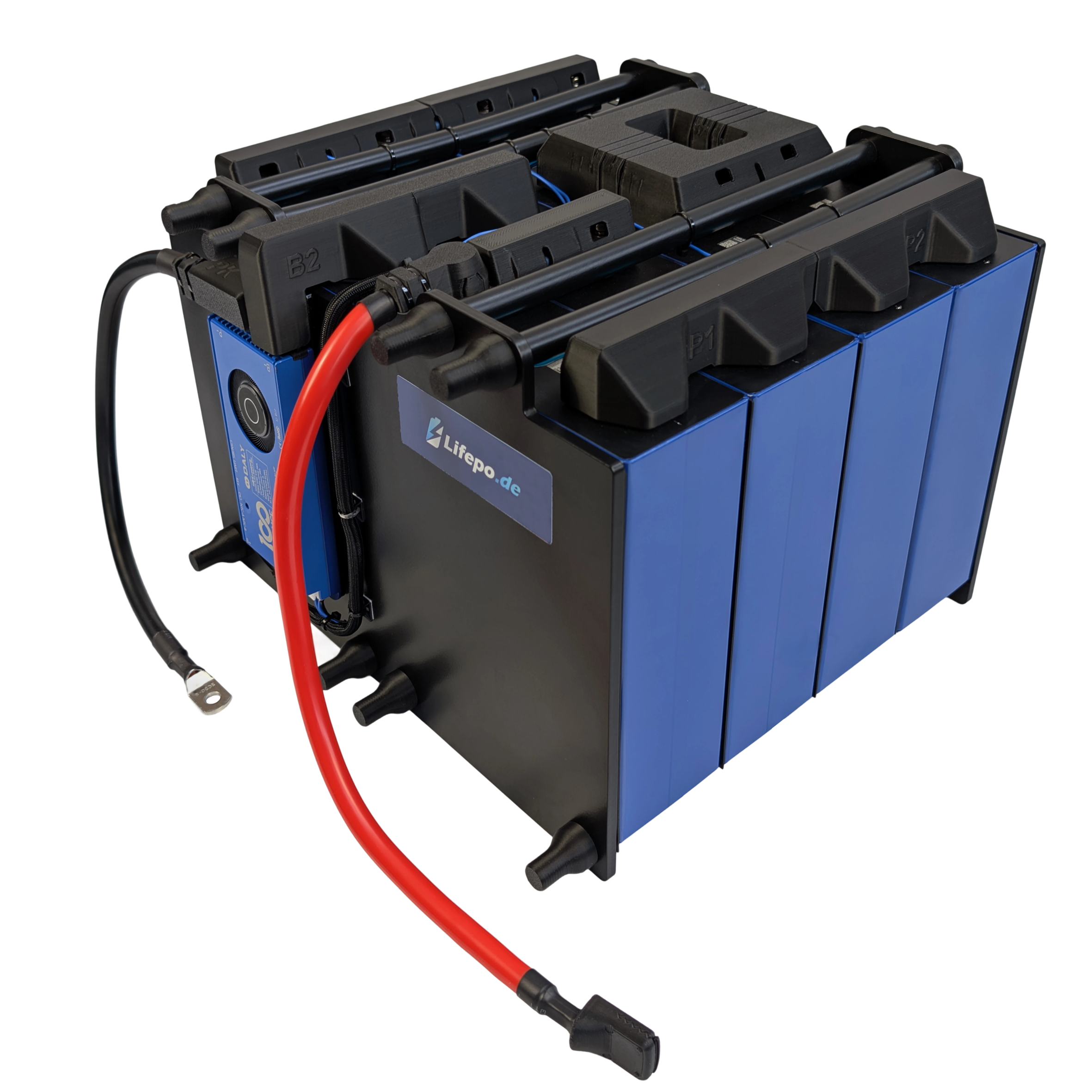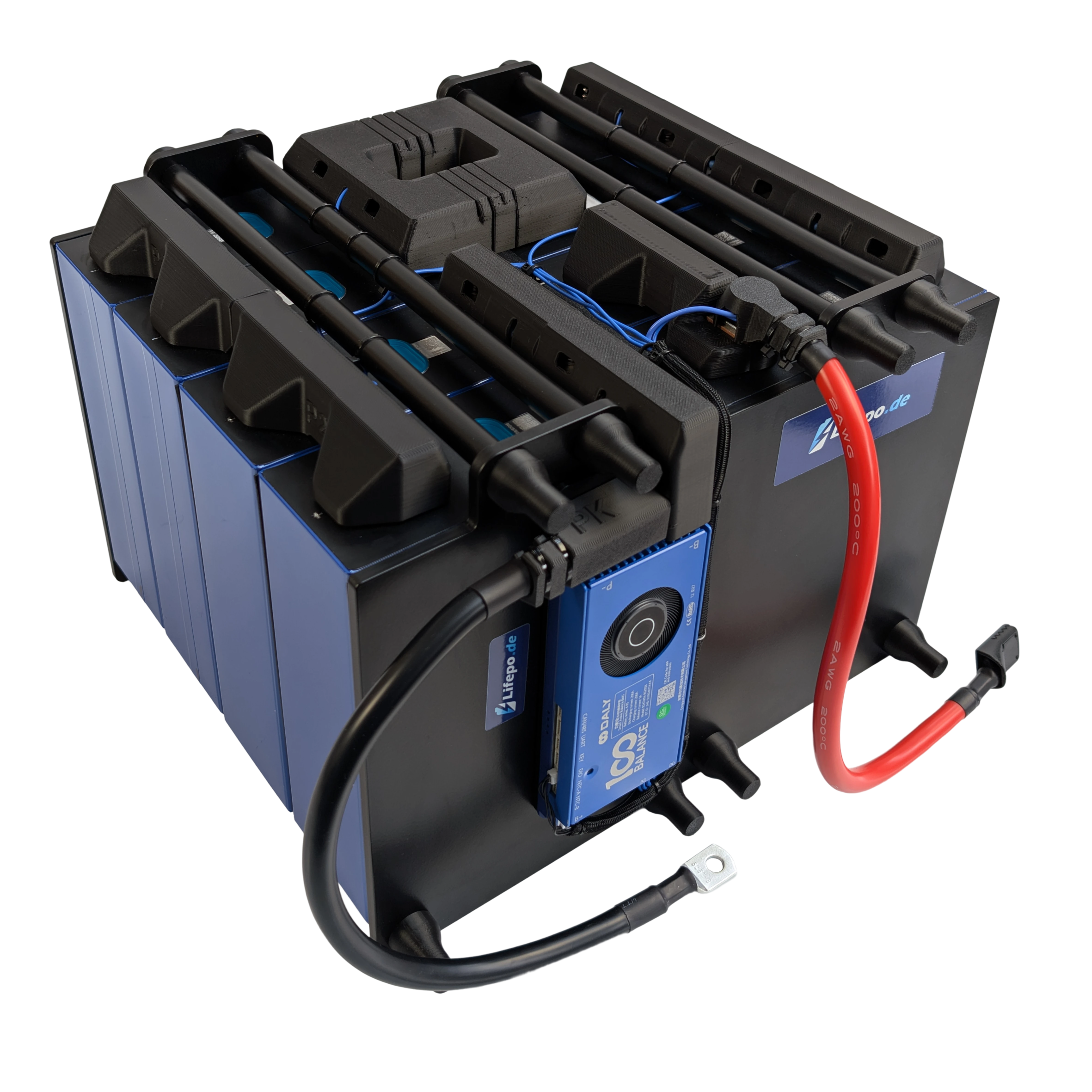Menu

Battery power storage: key technology for the energy future
The use of battery energy storage: A key technology for the energy future
Energy storage systems are one of the key technologies playing a significant role in the energy transition. They make it possible to store generated energy and release it later when demand is higher or when renewable energy sources, such as solar or wind power, are not available. This flexibility is crucial for ensuring a reliable and sustainable energy supply. Below, we provide an overview of the use of energy storage systems, their advantages, challenges, and our battery specialization, which is available on the market.
1. Introduction to the world of battery storage
Our battery storage systems are technical systems and installations that store electrical energy in the form of chemical energy in order to release it later as needed. This storage technology is frequently used to store excess energy that z.BThe system allows us to store electricity generated from renewable energy sources such as solar or wind power plants and use it later when electricity production from these sources decreases or demand increases. Our lithium iron phosphate batteries, due to their high energy density and long lifespan (8,000 cycles), are the most efficient technology in modern battery storage systems, both in private households and large industrial facilities.
2. The importance of electricity storage for the energy transition
Renewable energy sources like solar and wind power have the advantage of being climate-friendly and sustainable. However, they also present a major challenge: they are not always available when electricity demand is high. An energy storage system can help overcome this challenge by storing surplus energy that can then be used when renewable electricity production is insufficient.
For example, a battery storage system can store excess energy generated by solar panels during the day and feed it back into the grid at night or on cloudy days. This optimizes the use of renewable energy and reduces dependence on fossil fuels.
3. Advantages of energy storage systems
The use of energy storage systems offers a number of advantages:
• Flexibility and network stability: Energy storage systems can react to fluctuations in the power grid in real time, thus contributing to grid stabilization. They are able to absorb excess energy and release it quickly when needed, increasing the reliability of the energy supply. In this way, they support the grid's frequency stability by reacting quickly to frequency fluctuations and either feeding in or absorbing energy. This prevents potential grid instabilities and power outages. Energy storage systems can also contribute to maintaining a stable grid voltage by balancing voltage fluctuations.
• Energy independence: Battery storage systems are particularly suitable for private households and businesses, reducing dependence on public power grids or even achieving complete energy independence. For example, someone with a photovoltaic system can use a suitable battery storage system to store the generated electricity for their own use and use it as needed. In homes and businesses, battery storage systems thus serve as a backup system to maintain power supply during a power outage.By storing energy, electricity storage systems can reduce peak loads and thus counteract overloading of the grid infrastructure. This, in turn, leads to a longer lifespan for the necessary grid components and reduces the need for costly expansions and retrofits.
• Energy cost optimization: By storing electricity, you as a consumer can take advantage of lower energy prices by charging your battery and using that energy later when prices have risen. This is particularly beneficial in markets with variable electricity tariffs. These dynamic electricity prices don't have a constant price for each unit of electricity consumed, but rather change depending on market conditions (e.g., supply and demand). This means that prices are higher or lower at certain times. The unpredictability of electricity prices can be disadvantageous for consumers, especially if they can't adjust their individual electricity consumption to periods of lower prices.
• Reduction of CO2 emissions: Storing and using surplus electricity from renewable energy sources helps to reduce the use of fossil fuels and lower CO2 emissions in the energy sector. This serves as an important building block for limiting global warming and minimizing the negative consequences of climate change.
4. Challenges in the use of battery energy storage
Although battery energy storage offers numerous advantages, there are also challenges that need to be addressed and overcome.
The initial cost of battery energy storage systems, such as our more advanced lithium-ion batteries, can be higher than that of other energy storage models. However, lithium-ion batteries have proven to be the backbone of many modern technologies. For a long time, their cost significantly impacted the overall price of products such as electric cars and other battery-powered devices. In recent years, however, several factors have led to a substantial price reduction. Government subsidies and incentives have significantly lowered the price of battery cells. These subsidies, along with the associated tax incentives for battery production and investments in research and development, promote technological advancements (such as improving cell chemistry or optimizing production processes) and help to further reduce costs.
5. Application areas of energy storage systems
Energy storage systems are used in various sectors, both private and commercial/industrial:
• Private households: In combination with photovoltaic systems, battery storage systems offer an excellent way to store solar power for self-consumption and to optimize energy consumption.
• Industry and commerce: Companies that consume large amounts of electricity can reduce their energy costs and make their energy supply more flexible with energy storage systems. Battery storage plays an important role here, but technologies such as compressed air and pumped-storage hydroelectric plants are also of interest.
• Power grids: Large electricity storage facilities are important for grid operators to ensure grid stability and buffer peak loads. They can help balance short-term fluctuations in electricity production and demand, thus making the operation of electricity grids more efficient.
6.Outlook: The future of energy storage
Energy storage technology has made enormous progress in recent years and will continue to play a central role in the transition to a greener and more sustainable energy supply. The expansion of energy storage capacity is driven by increasing innovations in battery technology, the expansion of renewable energies, and improvements in recycling technologies.
Of particular interest is the development of larger, more cost-effective, and more sustainable storage technologies suitable for broader application in industry and the public sector. New approaches such as solid-state batteries or liquid energy storage could be even more efficient and environmentally friendly in the future.
Furthermore, intelligent smart grid technologies and artificial intelligence are increasingly being integrated into the management and control of electricity storage systems to optimize their use and improve interaction with the power grid.
Conclusion
Energy storage systems are an indispensable tool on the path to a more sustainable and flexible energy future. They help to overcome the challenges of the energy transition by enabling the integration of renewable energies, stabilizing the energy supply, and helping consumers reduce their energy costs. Despite some challenges, particularly regarding costs and recycling, energy storage systems offer a promising solution for the future of energy supply and play a crucial role in the transformation towards a climate-neutral society.
Have we piqued your interest? Then shop our Lifepo4 battery kits here:
Lifepo4 battery kits
- If you make a selection, the page will be completely updated.


